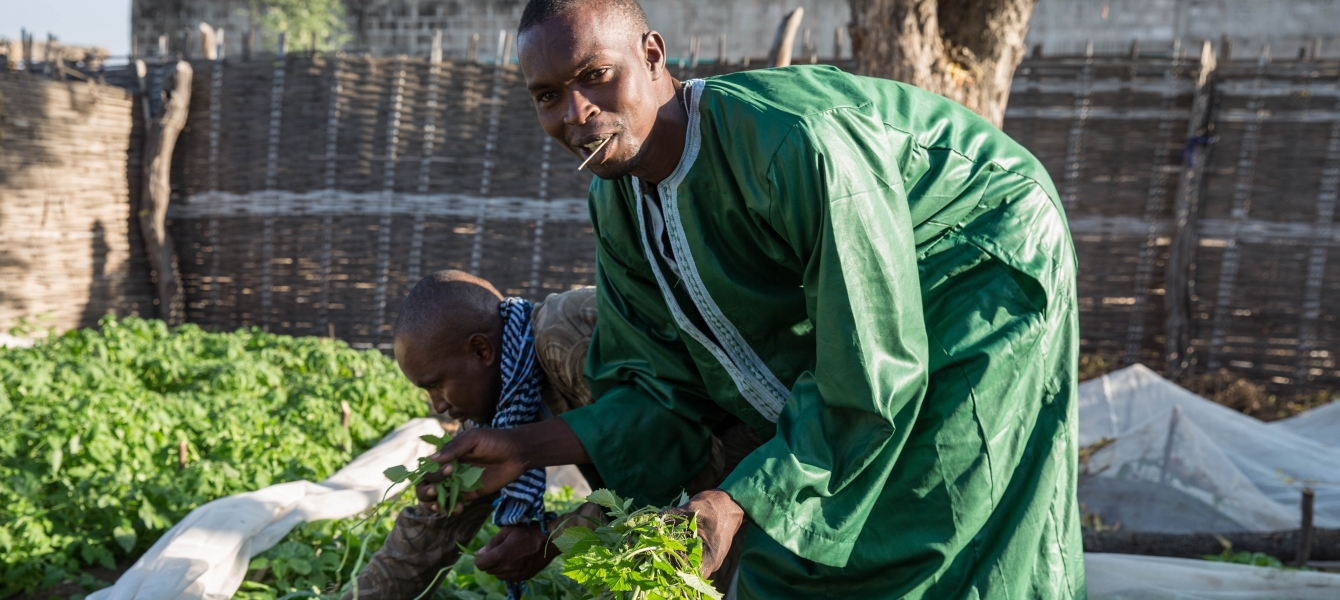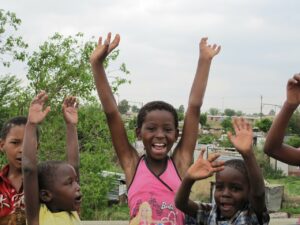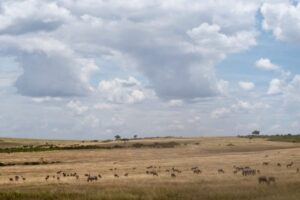Climate Change and COVID-19 Impact Agriculture and Youth Mobility Across West and Central Africa
In addition, health-related stressors such as COVID-19 have a high impact on the agricultural sector, by expositing the vulnerability of the food and distribution systems with the destabilization of supply chains and disruption of cross-border trade.
On World Environment Day (5/06), the International Organization for Migration (IOM) in West and Central Africa reminds governments and local authorities that if preserved and managed in a sustainable way, agricultural lands can provide job opportunities for youth and migrants and it can contribute to securing food production and strengthening biodiversity.
However, agriculture is today threatened by urbanization, with new buildings taking over the exploitable lands. In Rufisque, in the outskirts of Dakar, Senegal’s capital, communities and authorities join together to preserve this land that feeds them, that protects them from floods and that is also the green lung of their city. In this city, one household out of five lives thanks to agriculture and hundreds of working migrants come from neighbouring countries, Burkina Faso, Mali, and The Gambia.
In the tiny village of Medina Touat in rural Senegal’s southern Casamance region, soil degradation has forced many to abandon their agricultural activities. The increase in the phenomenon drives to a high unemployment rate and more and more departures of youth seeking for greener pasture in Europe, making Casamance, the Senegalese region with the highest migrant departure rate. Of the close to 4,000 migrants IOM has assisted with voluntary return to Senegal, 1,500 are from the Kolda Region, in Casamance. Read More…








